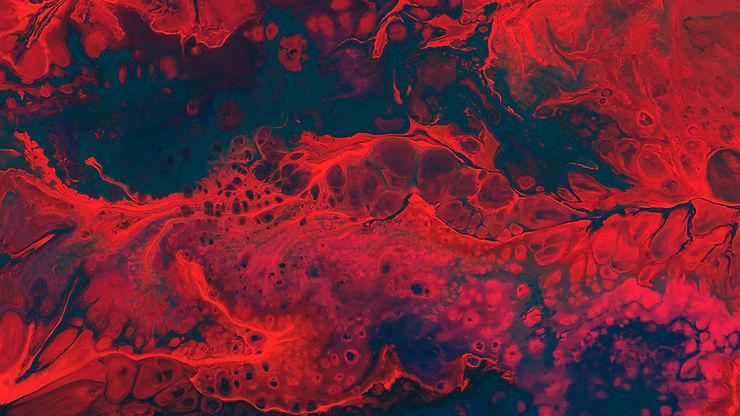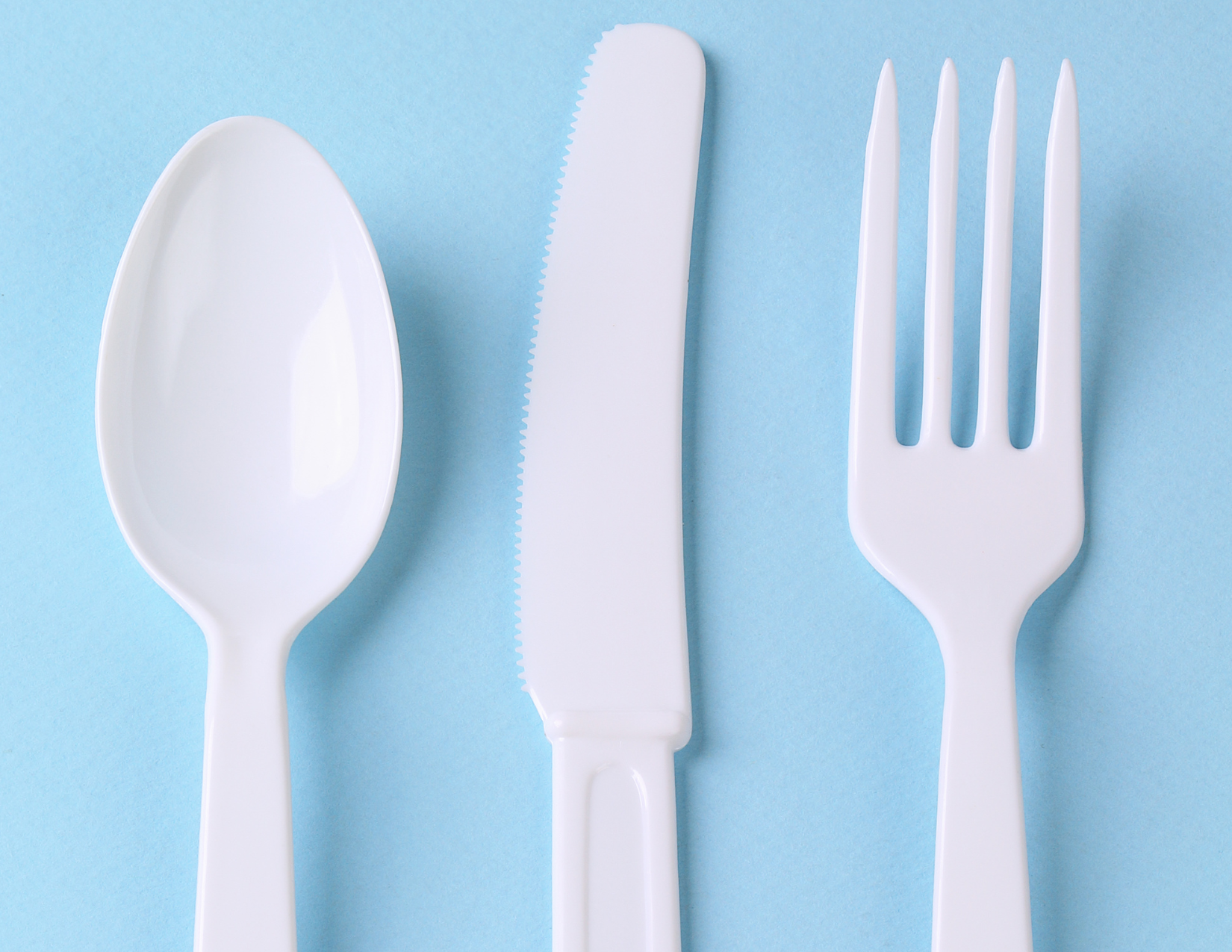If you held a contest for which substance generated the worst stains, red wine and cocoa might win, but blood would at least get a not-so-honorable mention. Lady MacBeth famously had sleepwalking fits over about blood stains (“Out! Out! Damn spot!“), but while that blood was spilled for nefarious reasons, some of us can suffer accidental cuts and gashes that can ruin our clothes, upholstery, sheets, and carpeting among other things.

What to do?
There are several factors involved when removing stains: water, time, temperature, chemicals, and mechanical action (also known in human terms as scrubbing).
In the case of blood, cold water helps soak the stain and prevent it from settling into the fabric. Hot water tends to have the opposite effect, increasing the likelihood of a permanent mark. If the item involved is a sheet or clothing, soaking the fabric in water for at least an hour can help the removal process.
An important thing to understand about the science of stain removal is that enzymes are employed to break apart the protein or fat molecules of the substance causing the stain. This loosens their grip on the stained item and makes it easier to extract their particles. For organic stains, like blood or red wine, you want an alkaline enzymatic remover, whereas for inorganic stains like iron rust marks or acidic removers are more effective.
Proper scrubbing technique is critical to stain removal. If you don’t scrub hard enough, then you may leave light marks even after you’ve followed all the previous steps. Scrub too hard, however, and now you’ve ripped the fibers of your carpeting or upholstery. Taking a stiff but not too harsh brush, patiently work at the stain to get the blood particles to emerge and rinse them out.
PopUP CleanUP offers deep cleaning for commercial properties and pre, live, and post event cleaning in the Greater Los Angeles Area. If stain removal is part of your deep clean, let us know if we can help.




